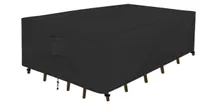Don't ruin your patio! 7 steps experts say you must take before the first frost
Protect your outdoor space before the freeze hits
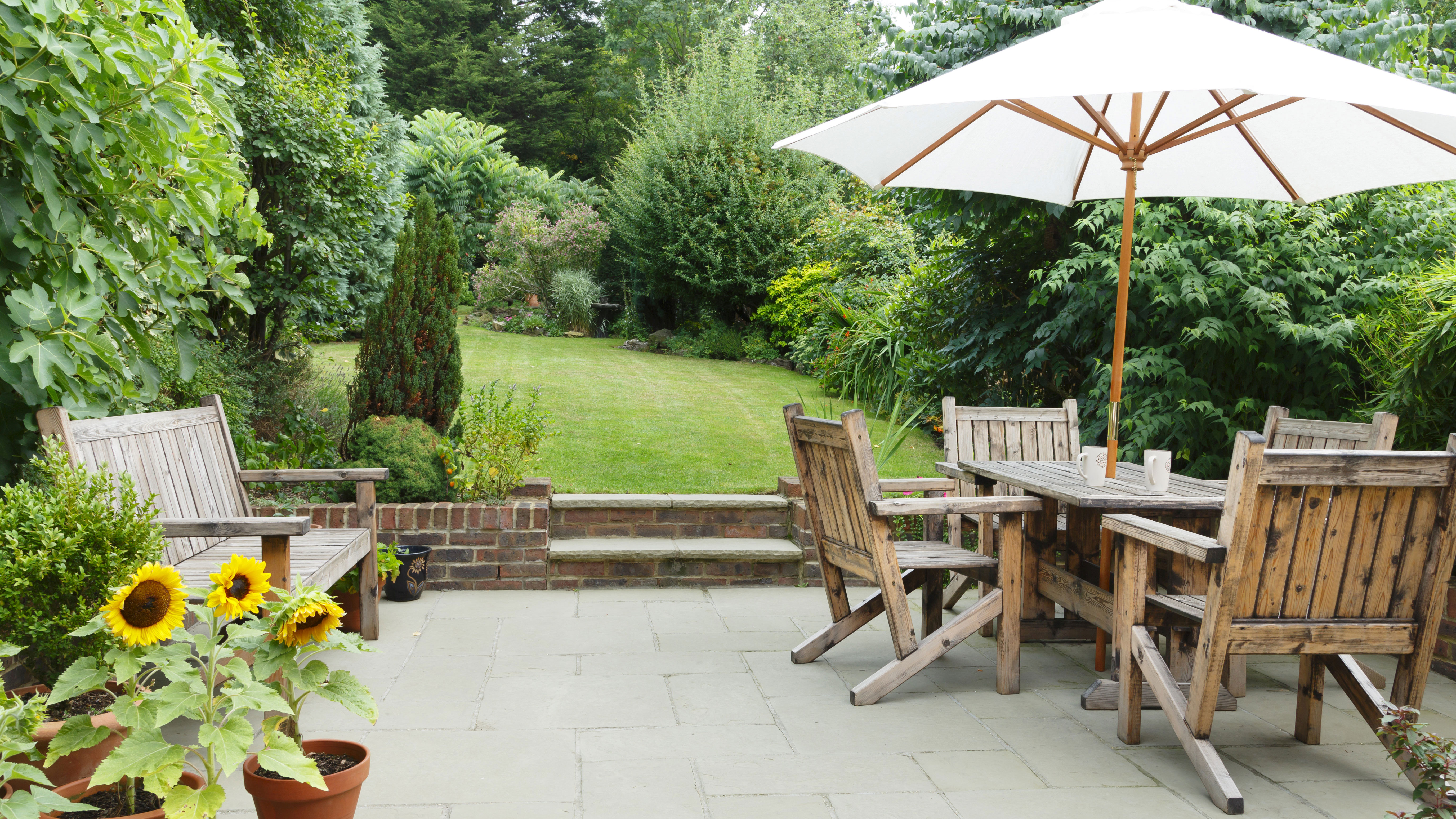
With colder, wetter weather fast approaching, homeowners are being urged to take action now to protect their gardens from damage. Outdoor living specialists at LightingLegends.com have shared expert advice on how to prepare your backyard for winter, from giving furniture a deep clean to securing lightweight items before the next storm.
A little preparation can go a long way toward preventing damp, rot and breakages, ensuring your garden looks its best when spring arrives. Taking time to clean, cover and check outdoor furniture, lighting and patios now will keep your space in top condition and ready to enjoy again next year.
1. Give your garden a deep clean and let it dry
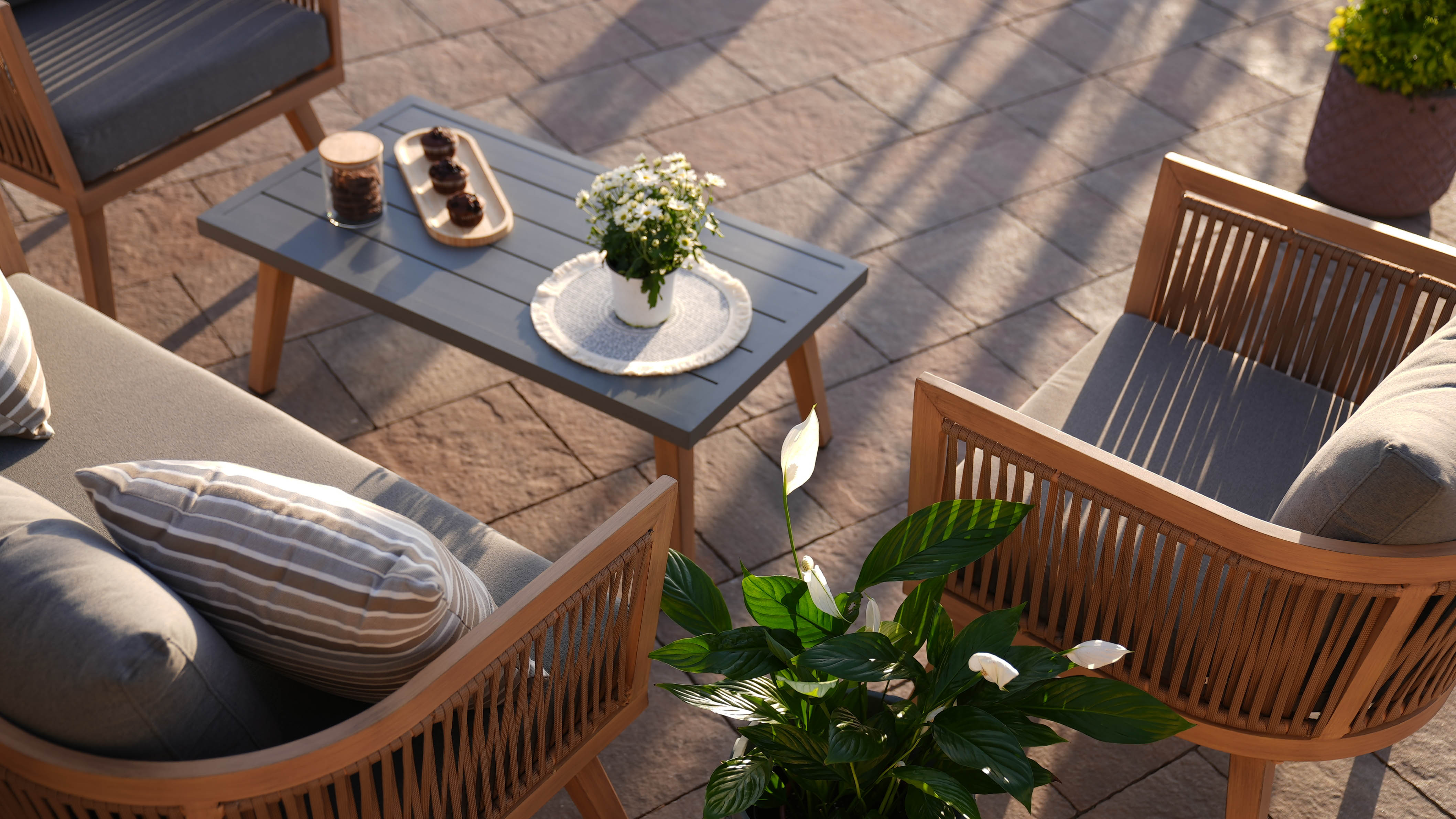
Start by washing down outdoor furniture, patios, and pathways to remove any built-up dirt, fallen leaves or algae. This helps to prevent stains, rot and mildew once damp weather sets in.
Adam Wilkins advises homeowners to pay attention to hidden corners and joins where water can pool, as this can "lead to long-term damage if left untreated." After cleaning, make sure everything is completely dry before you cover or store it.
2. Cover your outdoor furniture
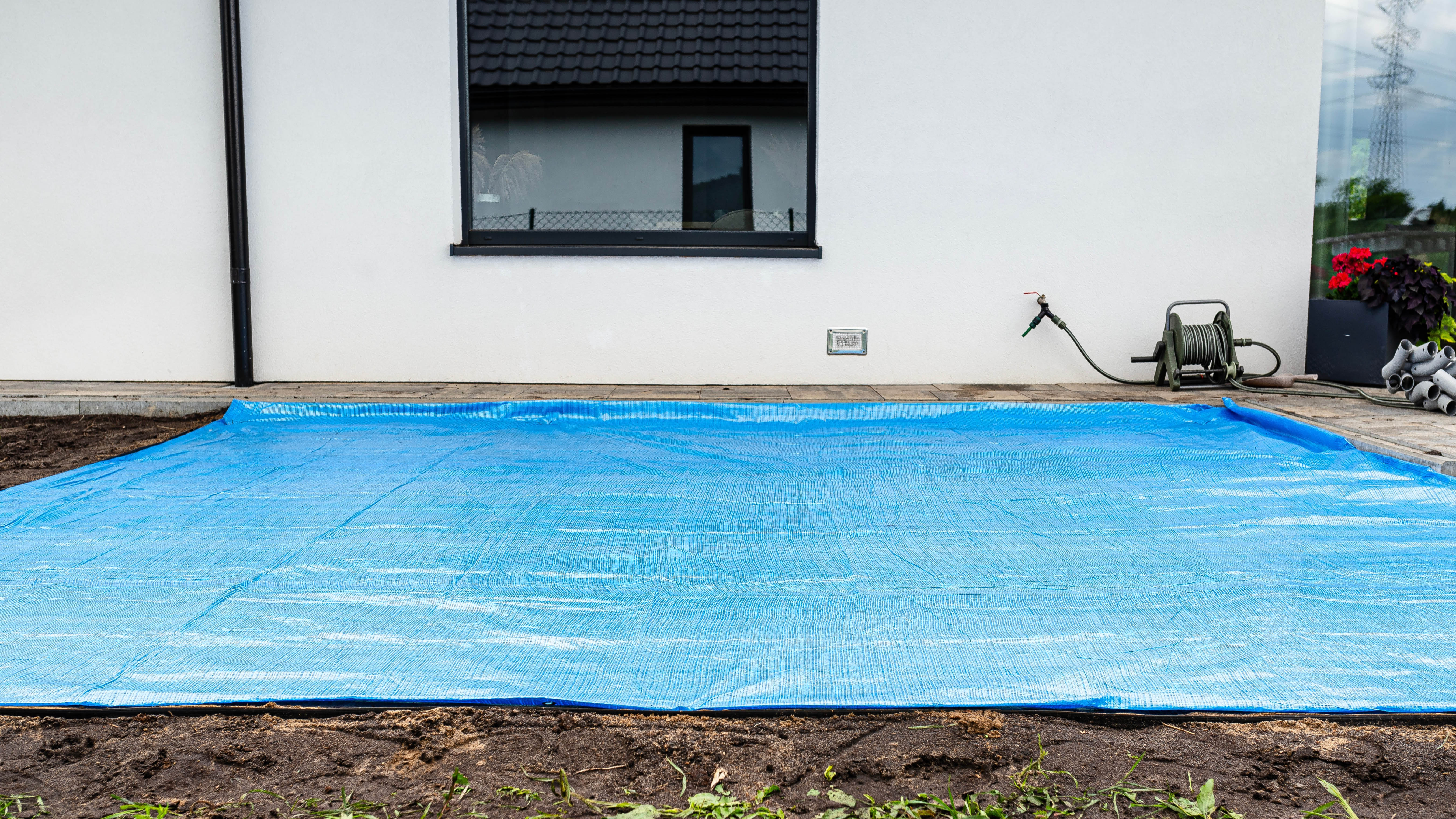
Once your furniture is clean and dry, cover it with a waterproof but breathable material. Look for PVC sheets with vents or waxed tarp that stop moisture from collecting underneath. This helps to prevent mould and damp without trapping condensation.
"Good covers don’t just protect furniture — they extend its lifespan," says Wilkins, who adds that breathable materials are worth the investment because they allow air to circulate while keeping rain out.
This patio furniture cover comes in a variety of sizes, meaning it's suitable for the majority of outdoor furnishings.
3. Bring less sturdy items inside
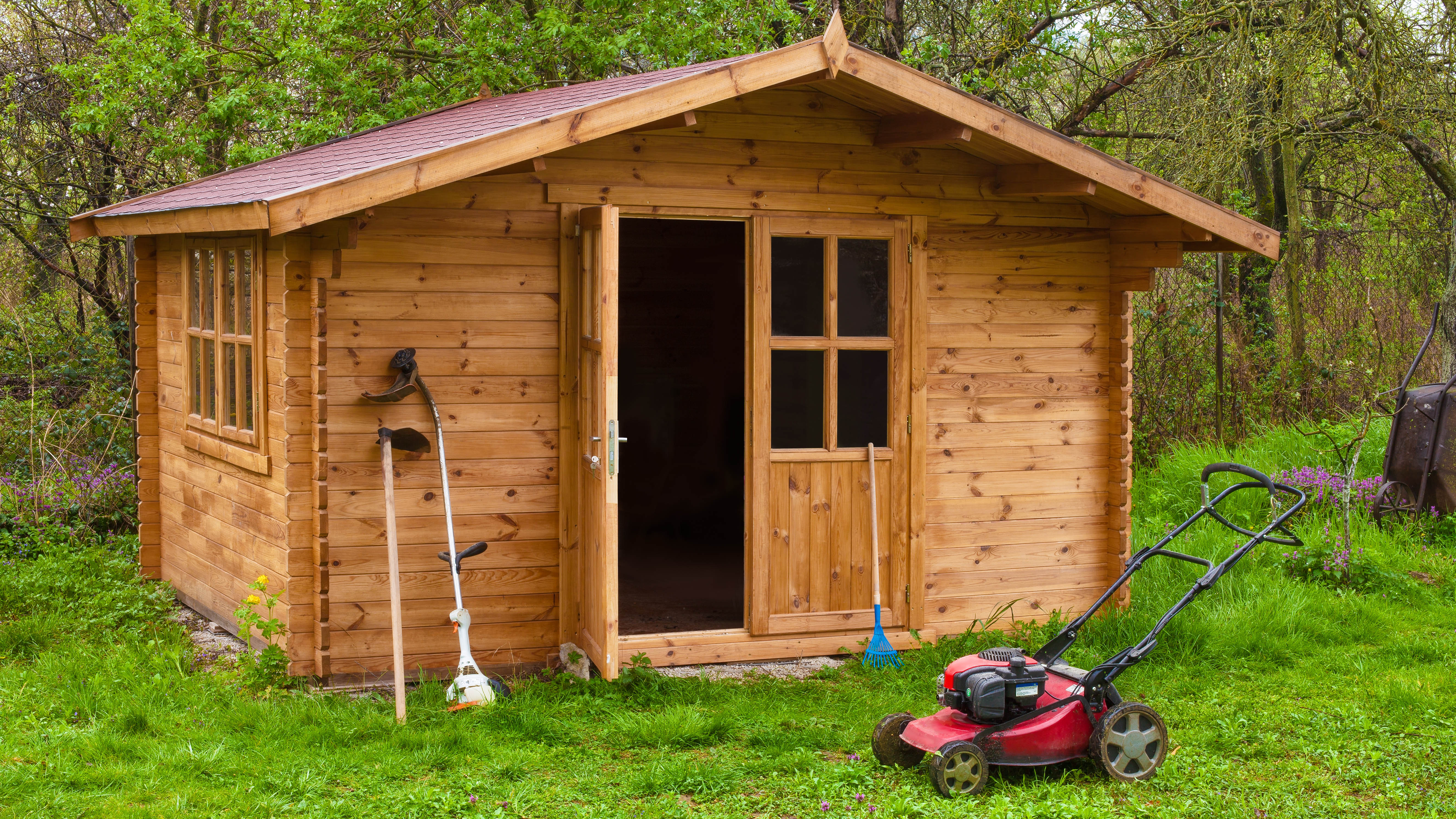
Relocate lightweight or wooden furniture into a garage, shed, or sheltered area to protect it from strong winds and heavy rain.
Metal furniture can usually stay outside, but more vulnerable materials like plastic or wicker are prone to cracking or becoming brittle in freezing temperatures. Position any remaining items against a wall or fence to shield them from gusts.
4. Check and clean your outdoor lighting
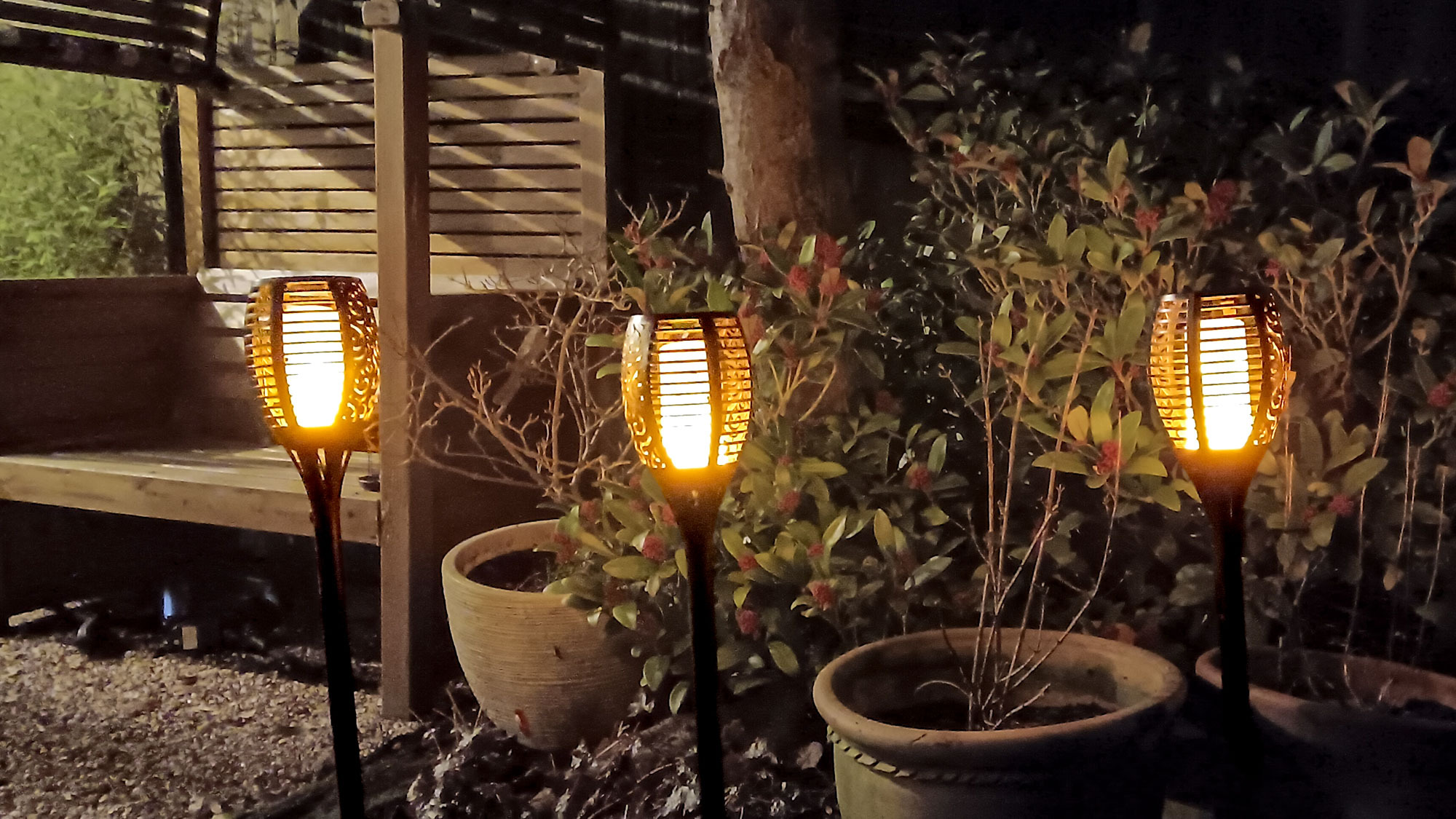
Even high-quality outdoor lighting benefits from extra care in winter. Wipe bulbs and fittings with a clean, dry cloth to remove grime and prevent corrosion. Check for loose wires or water ingress, especially after heavy rain.
"Most good outdoor lighting can handle the elements,” says Wilkins, "but a quick wipe-down and inspection keeps it looking its best and prevents electrical issues."
5. Inspect and repair your patio before frost hits
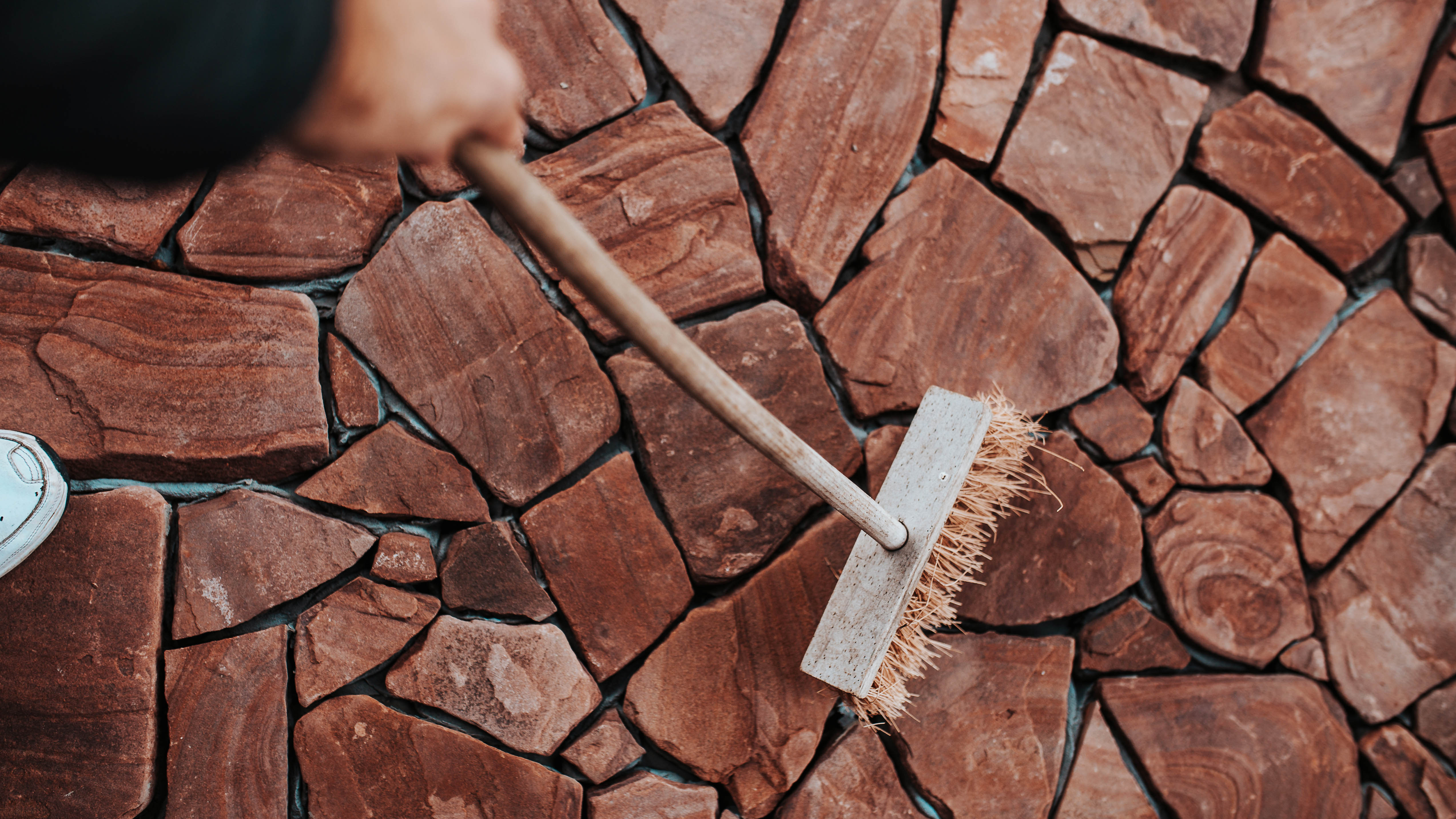
Examine your patio for cracks or gaps that could worsen once temperatures drop. Fill any visible gaps using materials suited to your patio type, as frost expansion can make minor issues much bigger.
Regularly sweep and rinse patios to clear away fallen leaves and grit, which can trap moisture and cause wear over time.
6. Secure and protect
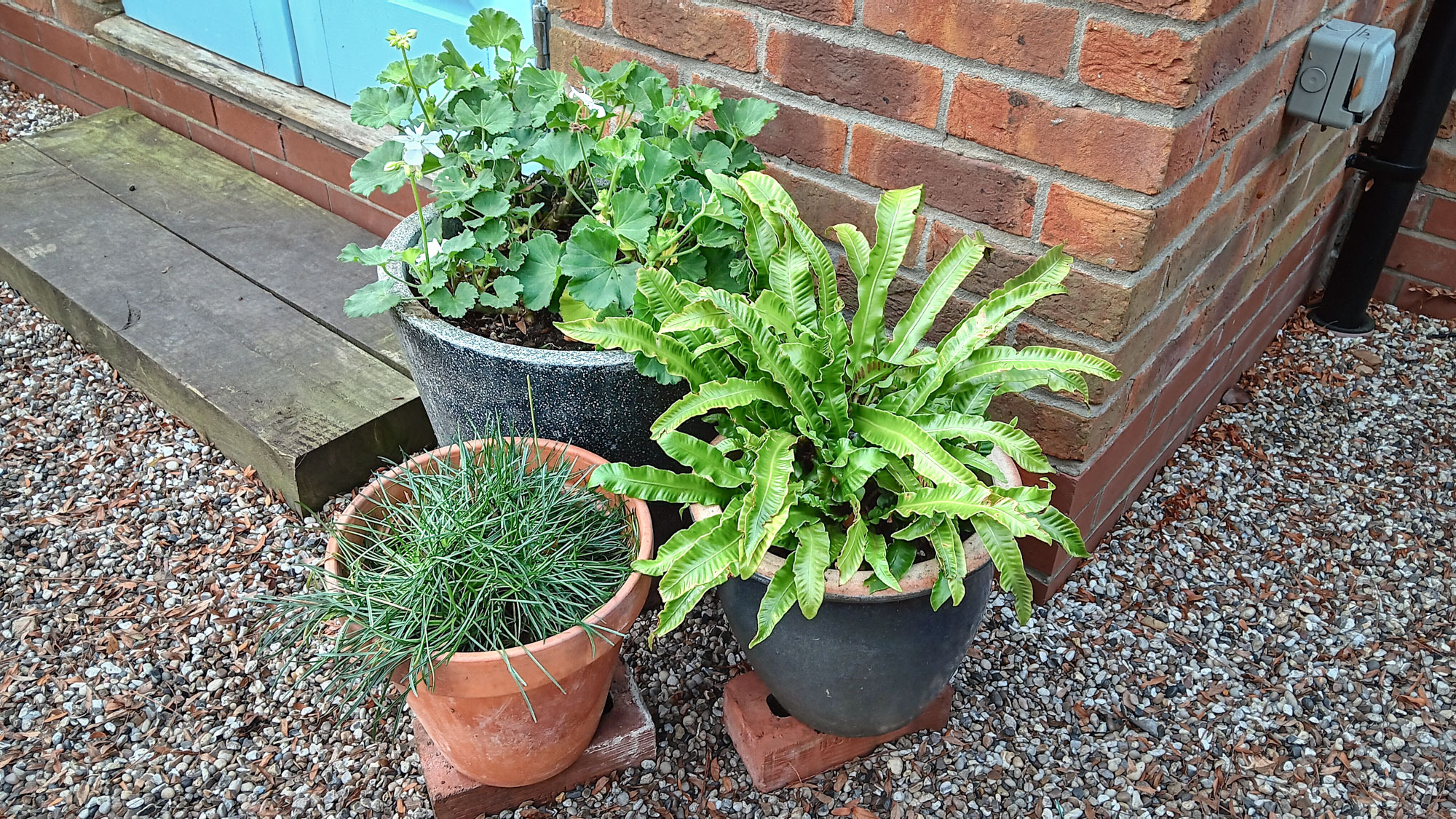
Tie down or store lightweight garden accessories like plant pots, ornaments and cushions so they don’t become projectiles in strong winds. Then treat any wooden furniture with a quality preservative, such as beeswax or outdoor wood wax, to prevent rot.
Move wooden pieces off the grass and onto hard ground to stop moisture from seeping in. As Wilkins explains, "some materials are less durable than others and need a little attention to stay intact for the following year."
7. Maintain your yard for next year

A few hours of preparation now can save you from expensive repairs later. By cleaning, covering and checking your garden features before the worst of winter hits, you’ll ensure everything is ready to enjoy again next year — and give local wildlife a safer, tidier space to visit in the meantime.

Follow Tom's Guide on Google News and add us as a preferred source to get our up-to-date news, analysis, and reviews in your feeds.
More from Tom's Guide
- Never use bleach in your birdbath — this cheap pantry staple is safer
- How to protect your garden from early frost this fall
- Homeowners urged to secure their yards for storms — here's what to do
Get instant access to breaking news, the hottest reviews, great deals and helpful tips.

Kaycee is Tom's Guide's How-To Editor, known for tutorials that skip the fluff and get straight to what works. She writes across AI, homes, phones, and everything in between — because life doesn't stick to categories and neither should good advice. With years of experience in tech and content creation, she's built her reputation on turning complicated subjects into straightforward solutions. Kaycee is also an award-winning poet and co-editor at Fox and Star Books. Her debut collection is published by Bloodaxe, with a second book in the works.
You must confirm your public display name before commenting
Please logout and then login again, you will then be prompted to enter your display name.
